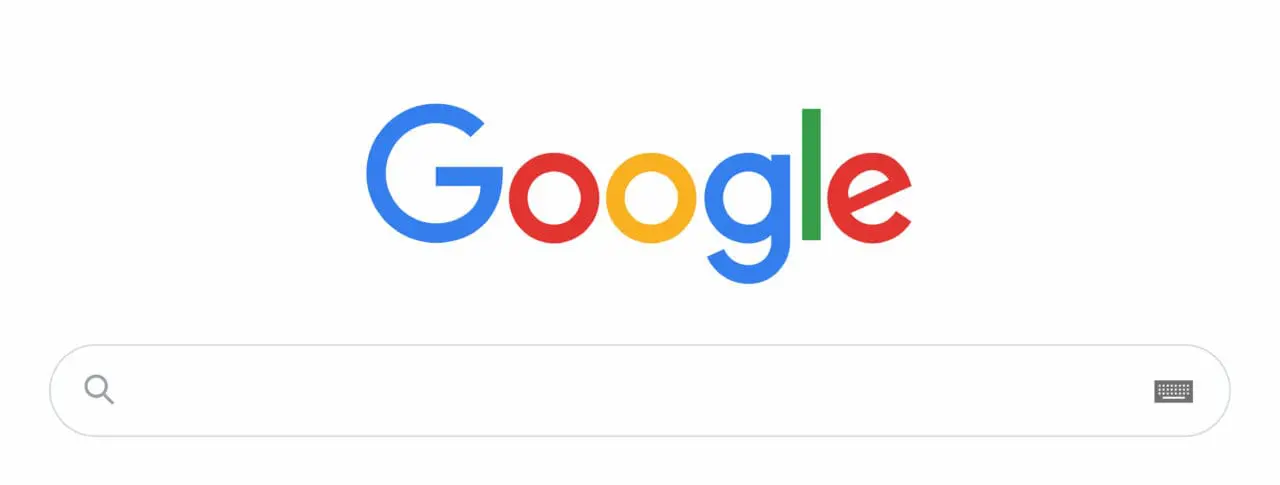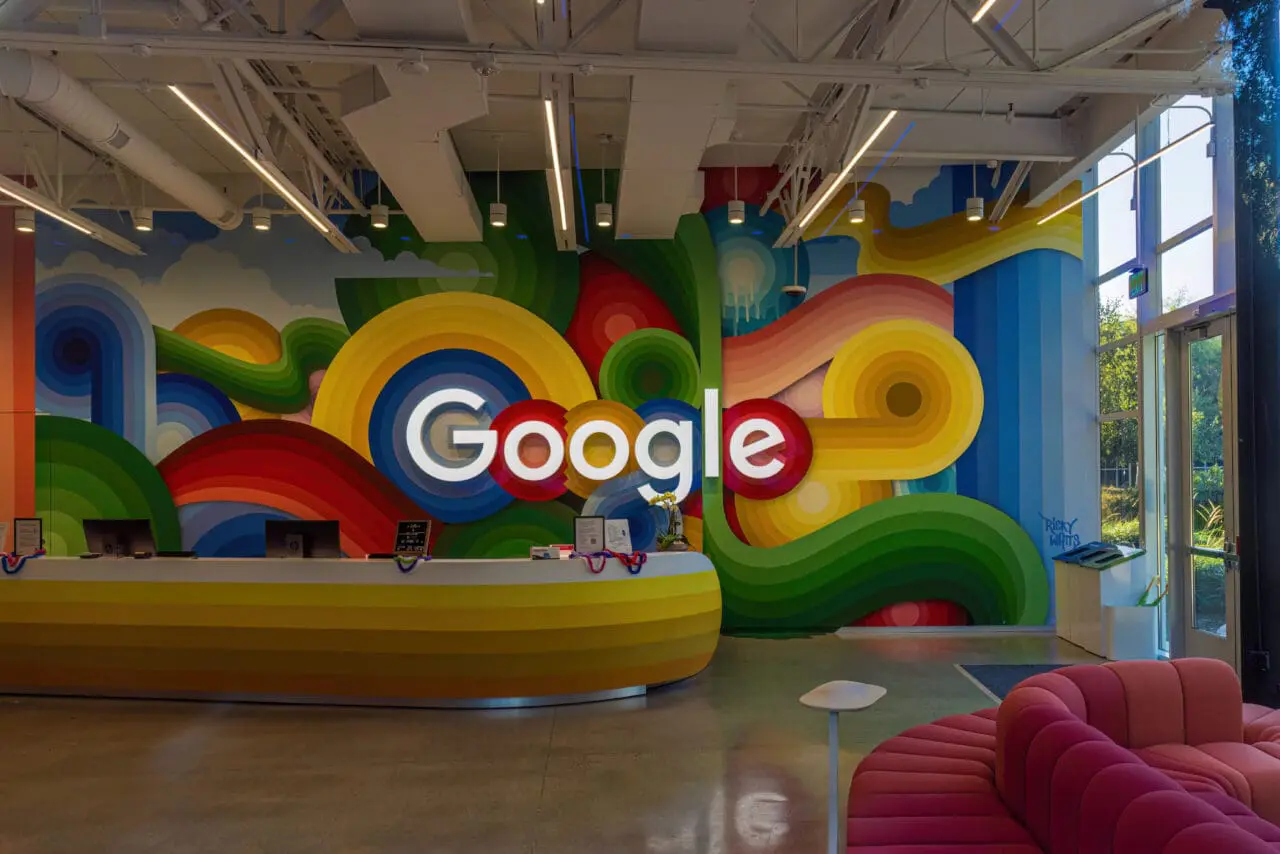

Google began as a research project by Larry Page and Sergey Brin when they were students at Stanford University in 1996. BackRub, as it was initially called, set out to search for and rank webpages according to how relevant their content was. After working on the project for several months, Larry and Sergey officially incorporated Google in September 1998. The name “Google” is a play on the mathematical term “googol,” which refers to the number 1 followed by 100 zeros. In reference to this, Larry and Sergey wanted their new company to make it easy for users to search through an immense amount of information available online. Little did they know that their small project would eventually become the world’s most powerful internet search engine. Today, Google remains one of the most influential tech companies in the world. With its innovative products and services, it has changed how people access information and conduct business online. It has also set a high standard for other tech companies aiming to achieve the same level of success. Let’s take a look at the journey that led to Google’s rise in the tech world.
When Larry and Sergey first started their project, they called it “BackRub” after its ability to analyse backlinks on individual webpages. However, as they continued working on the project, they realised that a different name would be more fitting and memorable for their search engine. They eventually settled on “Google”, a play on the term “googol” which refers to the number 1 followed by 100 zeros. It was meant to reflect how Google could help users find their way through an immense amount of information available online. The name change was a crucial step in Google’s growth as it helped to make the company more easily recognisable. Moreover, it established Google as an innovative brand that could be trusted with vast amounts of information.
Since its founding in 1998, Google has become renowned for its revolutionary products and services. Its mission to organise the world’s information has made it one of the most successful tech companies in history. The first Google product was a search engine, which quickly became one of the most popular on the web. The company then expanded its offering to include Gmail, Google Docs, and Google Maps. It has since developed other technologies such as Android, Chrome, and Google Home. Google has also played an important role in developing technologies such as artificial intelligence and machine learning. Its AI-powered products have been instrumental in making the internet a more personalised experience for users. These achievements have cemented Google’s status as one of the most innovative tech companies in the world. It has set the bar for its competitors and continues to lead the way in developing cutting-edge technology.
Google’s logo has gone through several iterations over the years, from an abstract drawing of primary colours to a minimalist design featuring both upper and lower case lettering. It is interesting to note how Google’s logo has evolved along with the company’s development. The original Google logo featured a colourful drawing of primary colours, which was later replaced by an all-black version in 1998. This design was meant to be simple and memorable while still conveying Google’s playful nature. In 2010, the logo changed again, this time featuring both upper and lower case lettering. This iteration aimed to capture the essence of Google’s brand identity, which is focused on simplicity and accessibility. Finally, in 2015, the logo was updated once again with a minimalist design featuring a four-coloured “G”. This version was meant to be more versatile and easier to read across different devices. This evolution of Google’s logo is a testament to the company’s commitment to innovation and its mission to make the web accessible for everyone.
It’s hard to imagine what the world was like before Google came into existence, but it certainly wasn’t as accessible or efficient. Back in 1998, most web services were still limited to a handful of computers and users could only access certain information if they knew where to look for it. Search engines like AltaVista and Lycos made it somewhat easier to find what you were looking for, but the results weren’t always reliable. Google changed this by introducing a powerful search engine that could quickly find and deliver the most relevant results. It also introduced new features such as Google News, which made it easy to stay up-to-date on current events. Google has come a long way since its early days, but its commitment to making the web more efficient and accessible remains unchanged. Its mission to organise the world’s information is as relevant today as it was back then.
Over the past 25 years, Google has developed a series of ground breaking products and services that have revolutionised how people access information online. Its search engine is arguably its most renowned offering, as it has changed the way we navigate the web and find what we’re looking for in an instant. Google has also changed the way we stay connected with its products like Gmail and Google Hangouts. These services make it easier to communicate quickly and securely without having to worry about privacy or security. The company has also revolutionised the advertising industry by introducing innovative technologies like Ad words, which allow businesses to target specific audiences with their messages. This feature has enabled companies of all sizes to compete in a digital world and make the most of their limited budgets. Google’s products have had far-reaching effects that have changed the way we access information, stay connected, and view advertising. It has enabled businesses to reach new markets and consumers to find what they need more quickly than ever before.
It’s difficult to imagine a world without Google, as it has become such an integral part of modern life. It is estimated that over 90 percent of all internet searches are done through the company’s search engine, and its products have revolutionised many aspects of our lives. Without Google, accessing information online would be much more difficult and time-consuming. People would have to rely on outdated search engines that could not accurately match their queries or provide relevant results. Similarly, online communication services such as email and chat would be much less secure without Google’s security features like two-factor authentication. Advertising and marketing would also look vastly different in a world without Google. Traditional methods of advertising such as print and television would still be the primary way of reaching potential customers, as digital advertising platforms like Ad words wouldn’t exist. Overall, it is clear that Google has had a dramatic impact on how we access and share information online. Without its innovative products, the internet would be much less efficient and modern life would look vastly different.
Google’s impact on advertising and marketing has been profound. By introducing AdWords, the company made it easier for businesses of all sizes to target specific audiences with their messages. This feature allowed companies to reach new markets and take advantage of opportunities that would have otherwise remained untapped. The ability to target customers more effectively was revolutionary in its time, as traditional advertising methods lacked that level of accuracy. With AdWords, businesses were able to identify their audiences more easily and tailor their messages to match their needs. This allowed them to get the most out of their budgets and increase the return on investment for their campaigns. Google also introduced a range of analytics tools that made it easier to track the success of ad campaigns. Companies could track the performance of their ads and adjust them accordingly in order to maximize their return on investment. This allowed businesses to gain valuable insights into the effectiveness of their campaigns and make more informed decisions about how to allocate their budgets.
Since its inception, Google has grown from a small start up into one of the world’s largest companies. Its success has been driven by its commitment to innovation and its ability to stay ahead of the curve. Over the years, it has developed a wide range of products that have revolutionised how we access information online and stay connected with one another. Google’s growth has also been fuelled by its ability to adapt to changing market conditions. The company has responded to market trends by introducing new products and services such as Google Maps, Google Drive, and Google Docs. These tools have enabled users to access information more conveniently while also allowing businesses to collaborate more easily with their employees. Google’s success is a testament to its commitment to making the web more efficient and accessible. Its mission has been to make the world’s information accessible and useful, and its products have enabled it to achieve this goal. As the company continues to grow and develop new products, it is clear that Google will remain at the forefront of innovation for years to come. The 25th anniversary of Google’s incorporation marks an important milestone in the history of technology. Its innovative products and services have changed the way we access information online and communicate with each other. As the company continues to grow, its impact on our lives will only become more apparent. Google has revolutionised the way businesses advertise and market their products by introducing tools like Ad words, allowing them to reach targeted audiences more effectively. It has also enabled users to access information quickly and securely and stay connected with one another. Its products have changed the way we view the internet, and its growth will continue to shape the future of technology for years to come.


